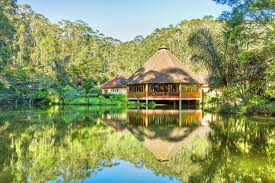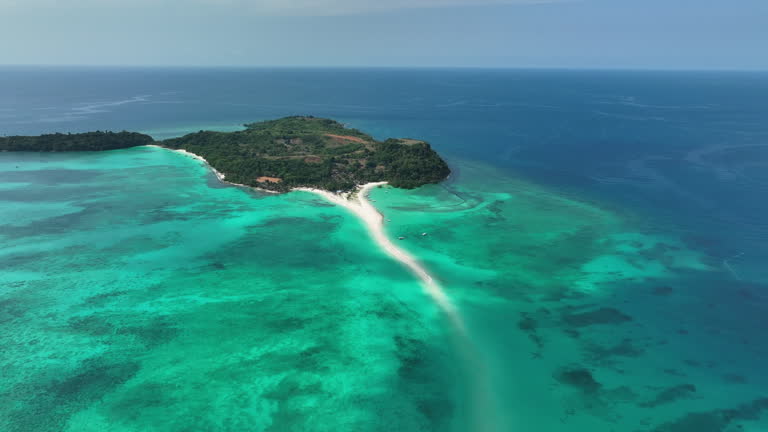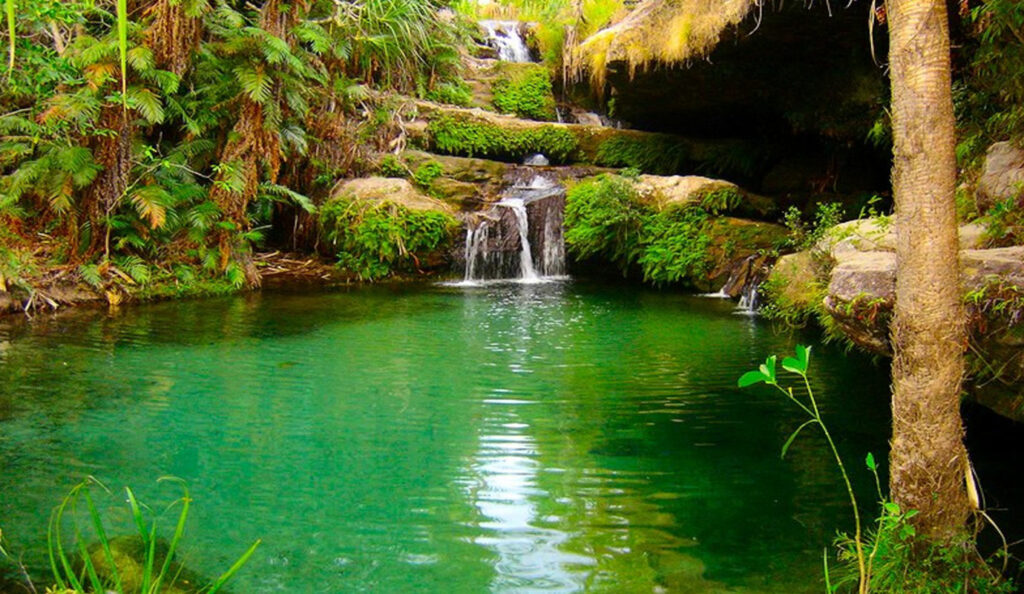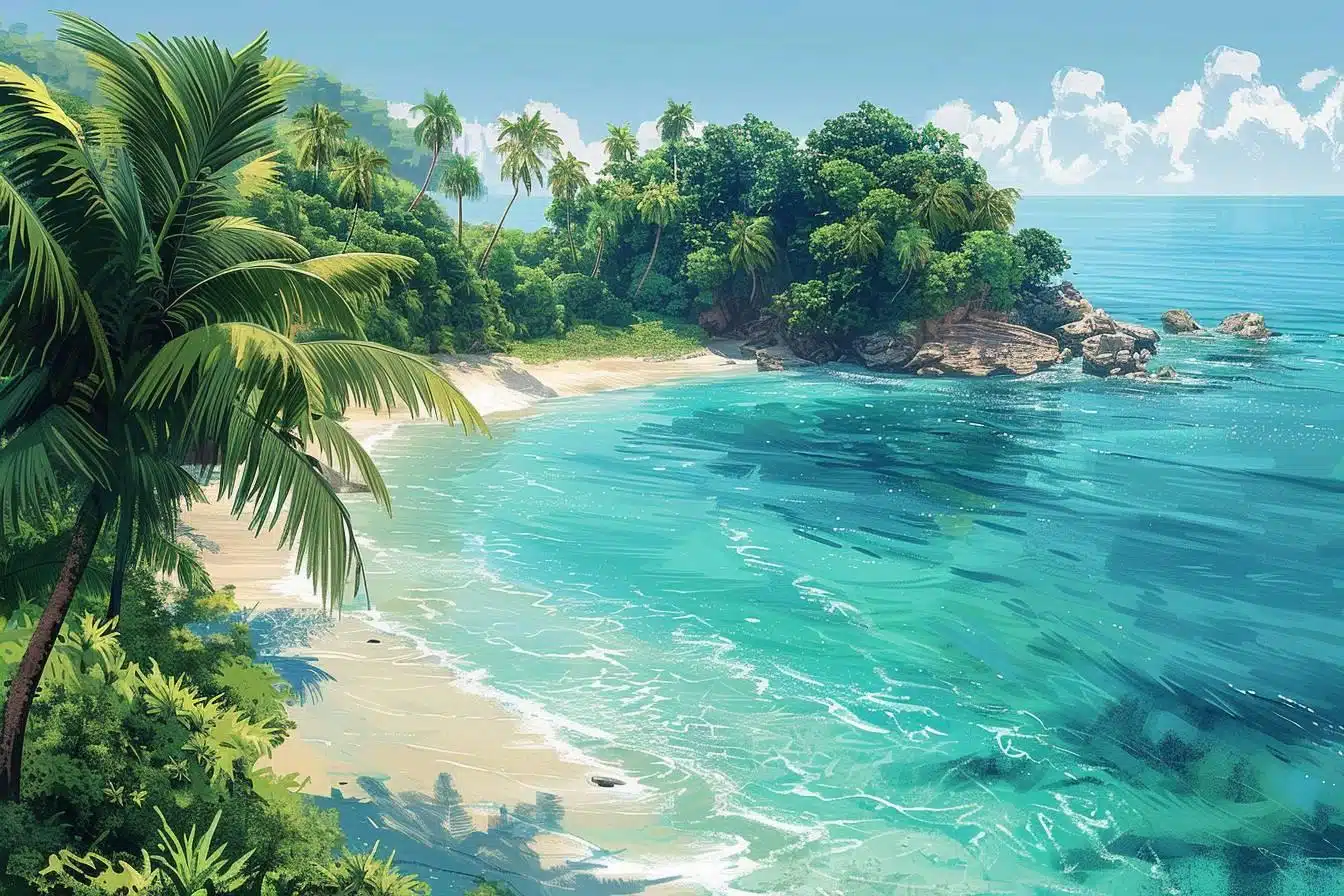At a Glance:
- Madagascar offers unique wildlife and stunning landscapes, home to species found nowhere else.
- Post-pandemic tourism recovery lags, with challenges in infrastructure and competition from other islands.
- Best visited from May to November, ideal for wildlife and pleasant weather.
Madagascar, Africa’s largest island and the world’s fourth-largest, is a hidden gem in the southwestern Indian Ocean, located off the southeastern coast of Africa.
Despite its unparalleled biodiversity, breathtaking landscapes, and rich cultural heritage, the island remains one of the world’s most underexplored travel destinations.
Before the global disruption of the Covid-19 pandemic, Madagascar was attracting over 400,000 tourists annually, contributing 6.7 percent to the nation’s GDP.
However, post-pandemic tourism plunged to just 132,018 visitors, with the country’s tourism industry still in recovery.
Though 2024 has seen a modest resurgence, with 259,850 visitors recorded, Madagascar faces challenges in competing with more established tropical destinations.

A biodiversity hotspot like no other
Madagascar is home to an astonishing array of plant and animal life, with over 90 percent of its species found nowhere else on Earth.
Lemurs, towering baobab trees, and vibrant orchids thrive across its diverse landscapes, from lush rainforests to arid plateaus.
Among the must-visit sites is the Avenue of the Baobabs, a picturesque stretch of ancient trees that have stood for centuries.
Andasibe-Mantadia National Park, famous for its lemur population, offers an immersive wildlife experience, while the UNESCO-listed Tsingy de Bemaraha stuns visitors with its dramatic limestone pinnacles.
For beach lovers, Madagascar’s crystal-clear waters and white sandy beaches are equally enticing.
Nosy Be, an island off the northwest coast, is a premier diving destination, while Île Sainte-Marie draws visitors for its spectacular humpback whale migrations from July to August.

Barriers to growth in tourism
Despite its natural beauty, Madagascar faces significant challenges in revitalizing its tourism industry.
Poor infrastructure, unreliable air connections, and high travel costs deter many potential visitors.
Meanwhile, competing African destinations, such as Mauritius and Seychelles, are actively investing in tourism-friendly developments.
Yet, for those willing to venture off the beaten path, Madagascar offers an unmatched experience—one of raw beauty, unique biodiversity, and cultural richness.

Best time to visit
The ideal time to explore Madagascar is between May and November, when the climate is dry and temperatures are pleasant.
Wildlife enthusiasts may prefer September to November, as baby lemurs emerge, and tropical birds enter their vibrant breeding season.
For travelers seeking an unforgettable adventure, Madagascar remains an undiscovered paradise—waiting to be explored.





